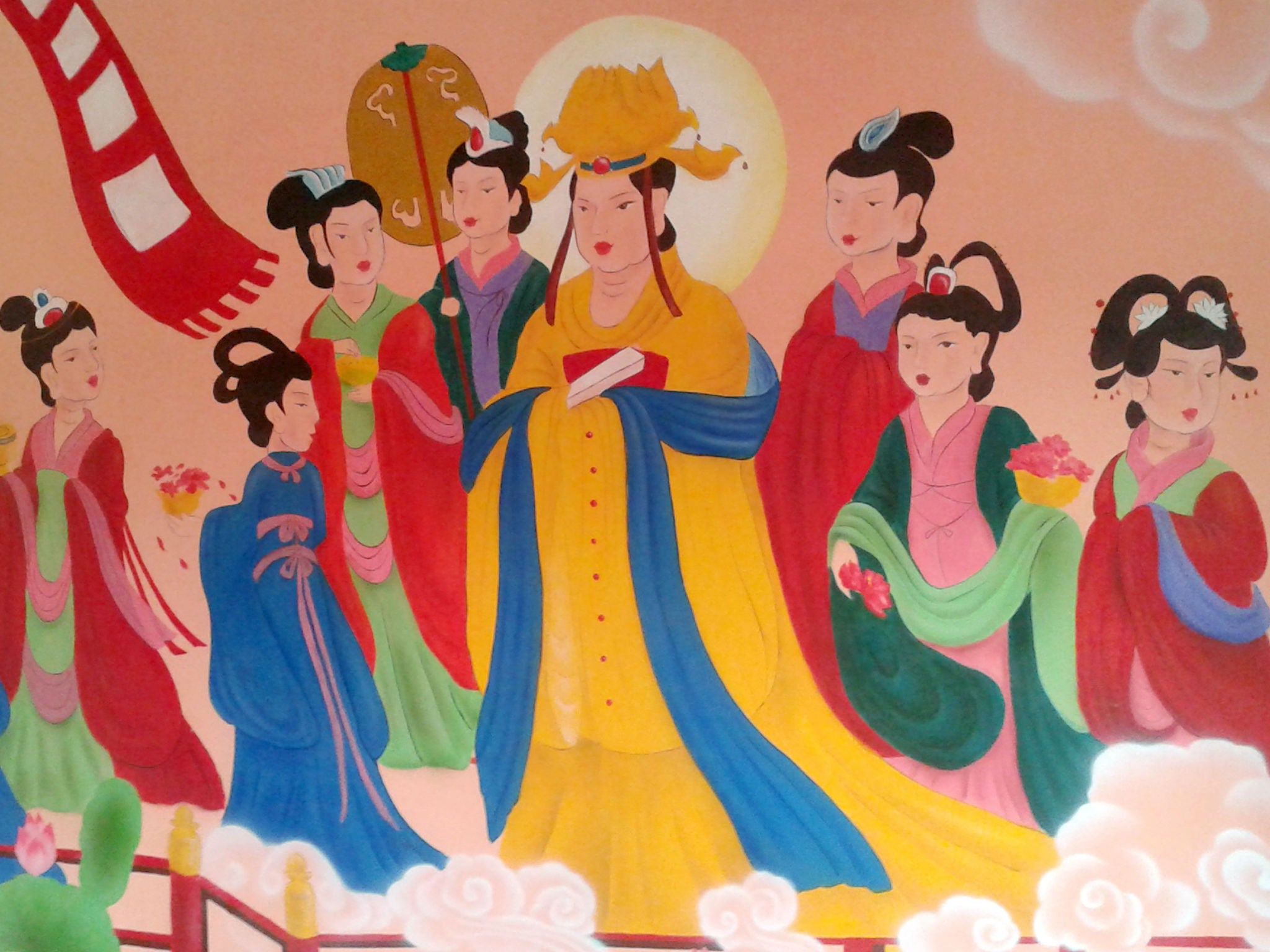Ruined ruins and monkey-faced messiahs: Five restorations that made the world laugh and cry
Branded a 'heritage massacre', a ninth-century castle in Spain has recently joined a growing list of botched jobs

Your support helps us to tell the story
From reproductive rights to climate change to Big Tech, The Independent is on the ground when the story is developing. Whether it's investigating the financials of Elon Musk's pro-Trump PAC or producing our latest documentary, 'The A Word', which shines a light on the American women fighting for reproductive rights, we know how important it is to parse out the facts from the messaging.
At such a critical moment in US history, we need reporters on the ground. Your donation allows us to keep sending journalists to speak to both sides of the story.
The Independent is trusted by Americans across the entire political spectrum. And unlike many other quality news outlets, we choose not to lock Americans out of our reporting and analysis with paywalls. We believe quality journalism should be available to everyone, paid for by those who can afford it.
Your support makes all the difference.How can you make ruins look even worse than they do already? That is the question that's been raised by some restoration attempts in the last several years. Whether it's the work of cost-cutting governments, plucky amateurs or hapless experts, there seems to be a myriad of ways to spoil a piece of cultural heritage.
The latest example comes in the form of El Castillo de Matrera, a ninth century Spanish castle that became a national monument in 1949. After it was damaged by rain in 2013, a project was set up to restore it to its former glory. Three years later, and it's now like no-one has ever seen if before, and not in a good way. Each brick seems to have been stuck onto a marble block, partially covering the strange white walls like some sort of grey ivy.
The restoration has been described as a "heritage massacre" by one Spanish conservation group. In a statement on their website, Hispania Nostra said:
“The ‘consolidation and restoration’ – as the architects involved call it – [is] truly lamentable and has left locals and foreigners deeply shocked. Comments aren’t really necessary when you’ve seen the photographs. Foreigners have written to us saying they can’t understand why these follies [...] still go on. And that is indeed what they are.”
As well as upsetting locals, the project has also been widely mocked on the internet. And this is by no means the first time such a cock-up – or amusing disaster, depending on which way you look it it – has happened. Here are five more restoration failures where you may not know whether to laugh or cry:
1. Ecce Homo – Spain, 2012

A note to anyone in charge of a highly valuable Jesus fresco – do not let let an elderly woman called Cecilia Giménez anywhere near it. In 2012 she decided to pick up a paint brush and have a go at restoring Ecce Homo, a painting by Elías García Martínez that had been on the wall of her local church for almost 100 years. Unfortunately, she ended up producing what looked much more like a monkey than the Messiah, and her work quickly transformed into a hilarious internet meme. Although some people didn't find it funny – namely, most of Spain. However, it turns out that her botched job put her small town on the map, and has brought in over 150,000 tourists since 2012.
2. Yunjie temple frescos – China, 2013


Can you spot what went wrong here? Your eyes aren't deceiving you: local Chinese officials actually thought it would be ok to paint over the centuries-old paintings of the Yunjie Temple with scenes reminiscent of Disney's Mulan. They had hired an unqualified local company to do the work, and didn't even request approval from the provincial government. Those responsible were promptly sacked, but it was too late. As one Chinese blogger wrote at the time, "The last trace of history inside [the temple] has been erased."
3. Tutankhamun's burial mask – Egypt, 2015

There was outrage last year after the beard of Tutankhamun's mask – one of Egypt's most visited tourist attractions – was found affixed to his face with a big crust of super glue (you can see the photos here). Eight museum workers were accused of being behind the botched job, and now face charges for negligence and violating professional standards. It is believed that the Pharoah's facial hair was either accidentally knocked off before the desperate attempt to reaffix it, or that it was removed after becoming loose.
4. The Tree of Fertility – Italy, 2011
This 13th century fresco found itself at the centre of a censorship row after so-called resoration experts managed to remove many of the penises that decorated its leafy centrepiece (you can see the photos here). Those responsible for the restoration responded to accusations that they had "castrated" the painting by saying that it was already damaged beforehand, and that there was nothing they could have done.
5. The last remaining portraits of Shakespeare – England, 2009

After two of the only-known portraits of William Shakespeare were restored in 1988 and 2002, it looked like all had gone well and ended well. Details thought to have been unnecessarily added to each painting had been gently wiped off, revealing a much fresher faced Bard below. But several years later it was revealed that the images had in fact been altered over Shakespeare's life in order to reflect his age, leaving everyone involved with a face even redder than the one they had given old Will.
Join our commenting forum
Join thought-provoking conversations, follow other Independent readers and see their replies
Comments